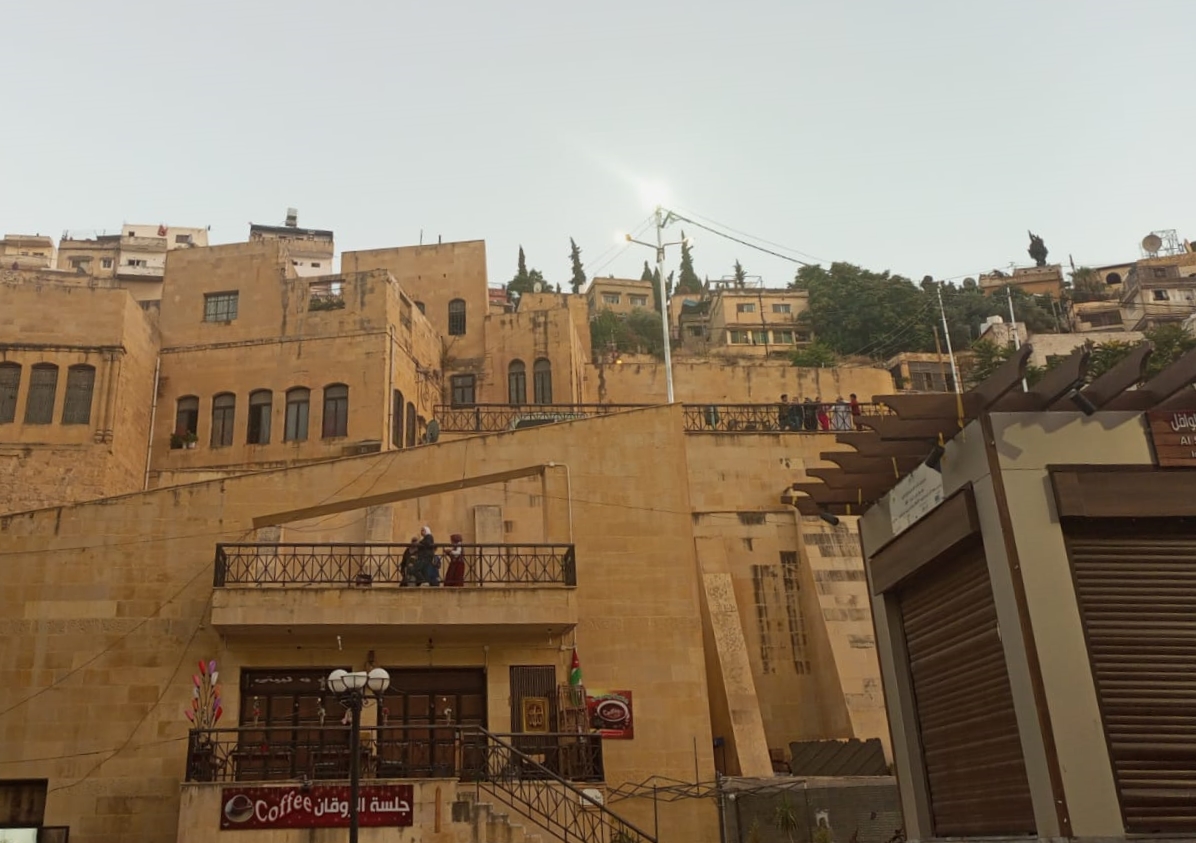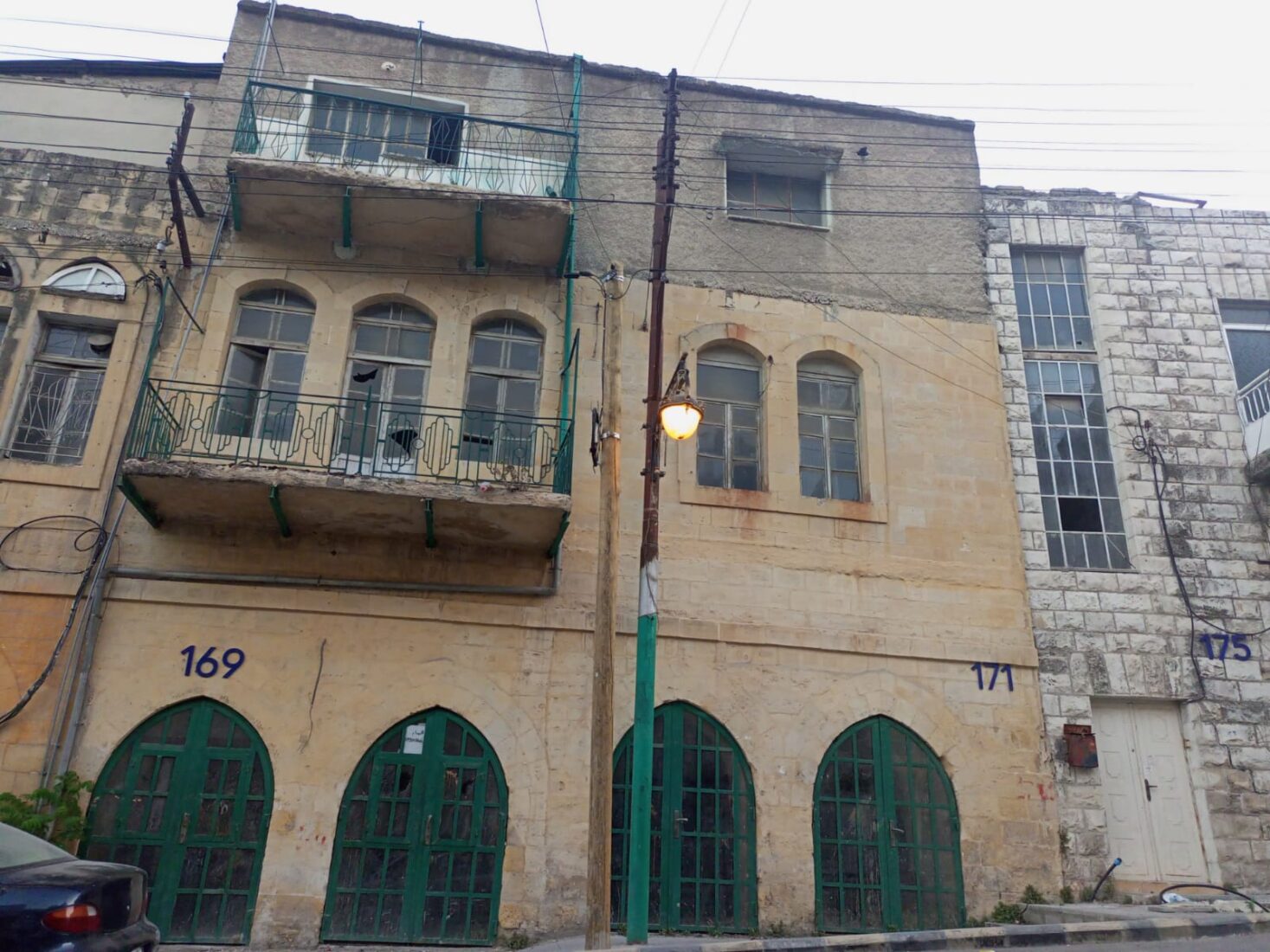
Jordan's Salt invites visitors on a captivating journey through Ottoman history with its historic buildings, streets and neighborhoods.
Situated 30 kilometers (18.6 miles) from the capital Amman, Salt is distinguished by its unique architecture and was honored as a "city of tolerance and civilization" in 2021, earning a prestigious place on the UNESCO World Heritage List.
The city's remarkable cultural heritage from the Ottoman era continues to endure.
Muhammed Abdulkadir Hureysat, a former faculty member of the History and Islamic Civilization Department at the University of Jordan, remarked: "Salt's urban character resonates with Damascus, Nablus, and Jerusalem, evoking the ambiance of old Istanbul's winding streets."
Hureysat noted that Ottoman-era buildings in Salt were crafted from harmonious materials such as cut stone, limestone and wood.
He further highlighted Salt's moniker as "Little Nablus," underscoring the urban similarities between the two cities.

Discussing the Ottoman influence, the Jordanian academician emphasized: "The Ottoman role is undeniable. They initiated the establishment of municipalities in our region from 1870 onward, marking the beginning of an organized urban structure. We continue to live within the legacy of Ottoman heritage from the past to the present."
Shaha en-Nusur, a member of the Balka Governorate Council, elaborated: "Salt's inclusion in the UNESCO World Heritage List is attributed to its 756 historical buildings, all built under Ottoman standards and Islamic architectural styles."